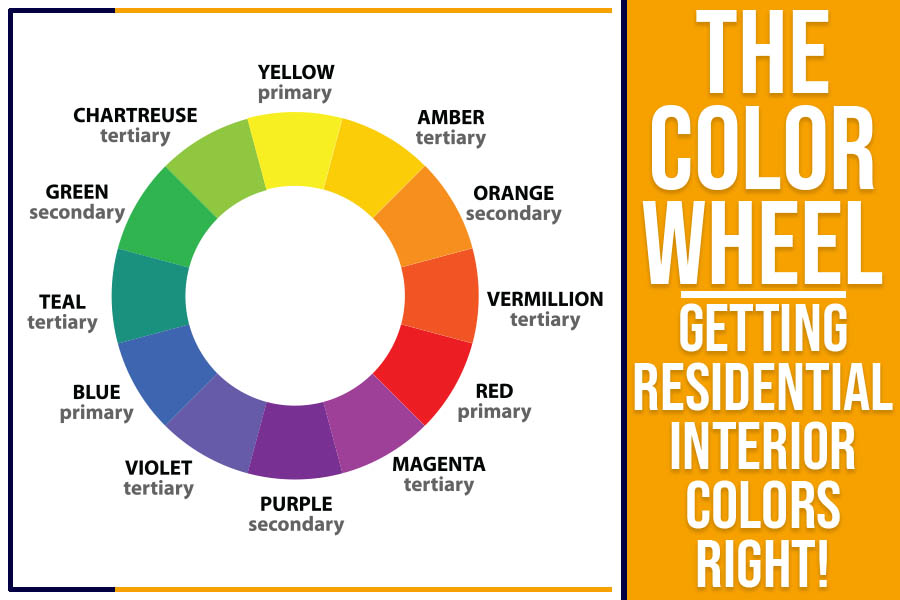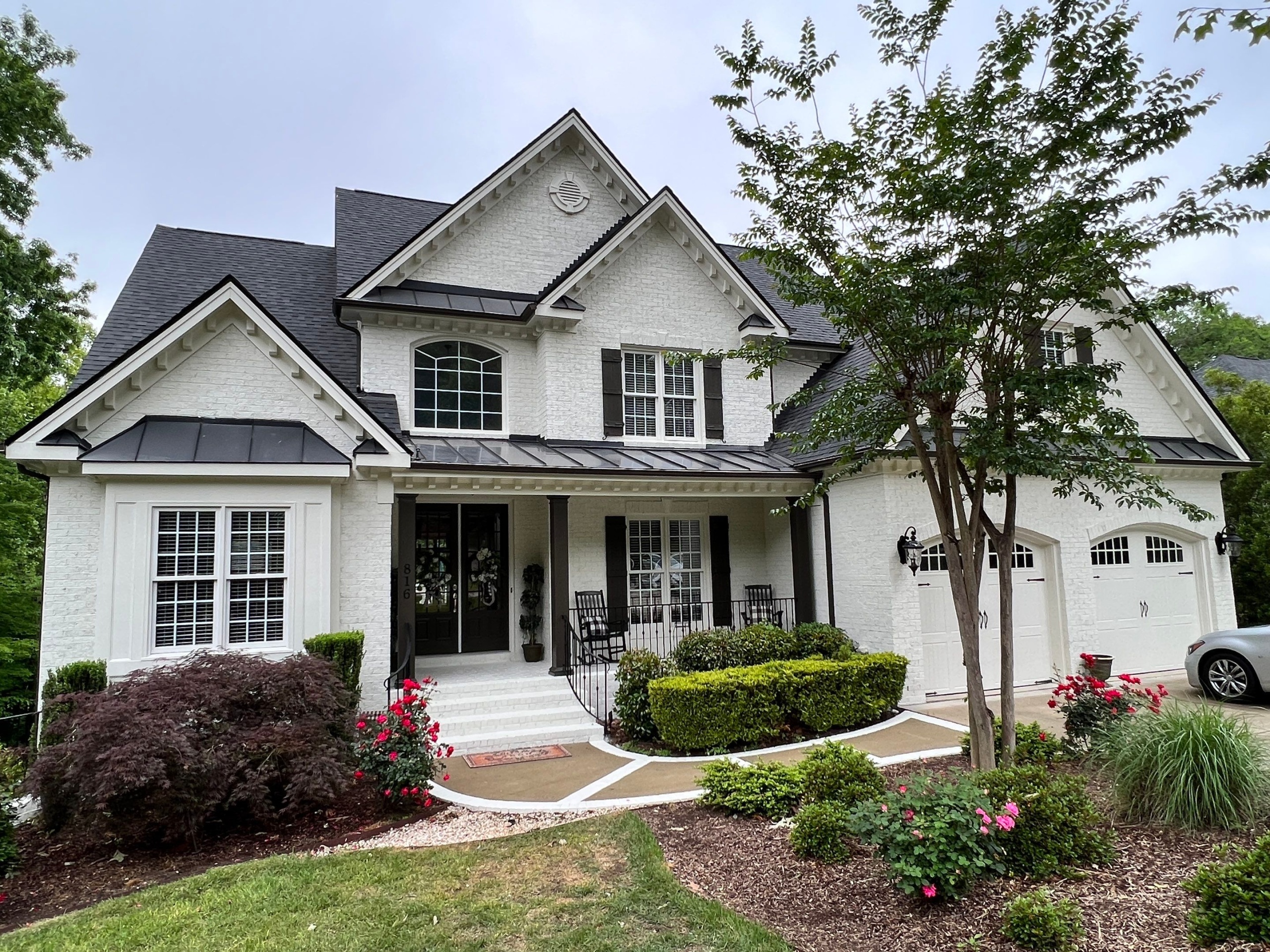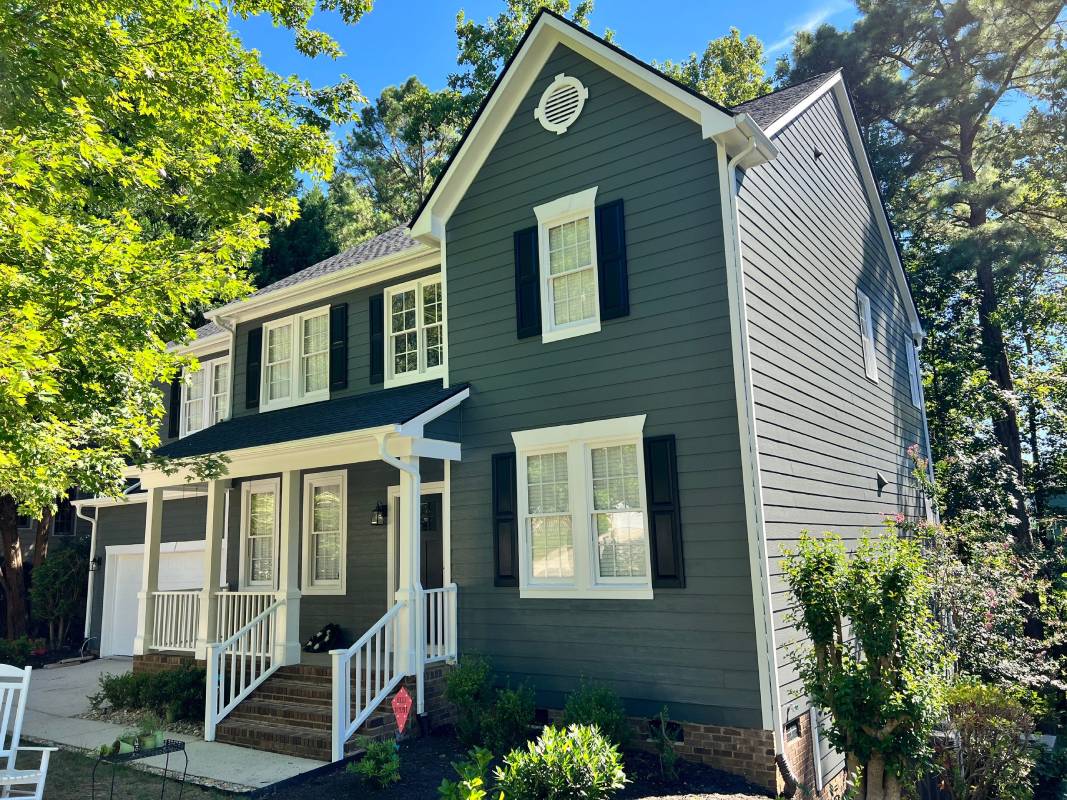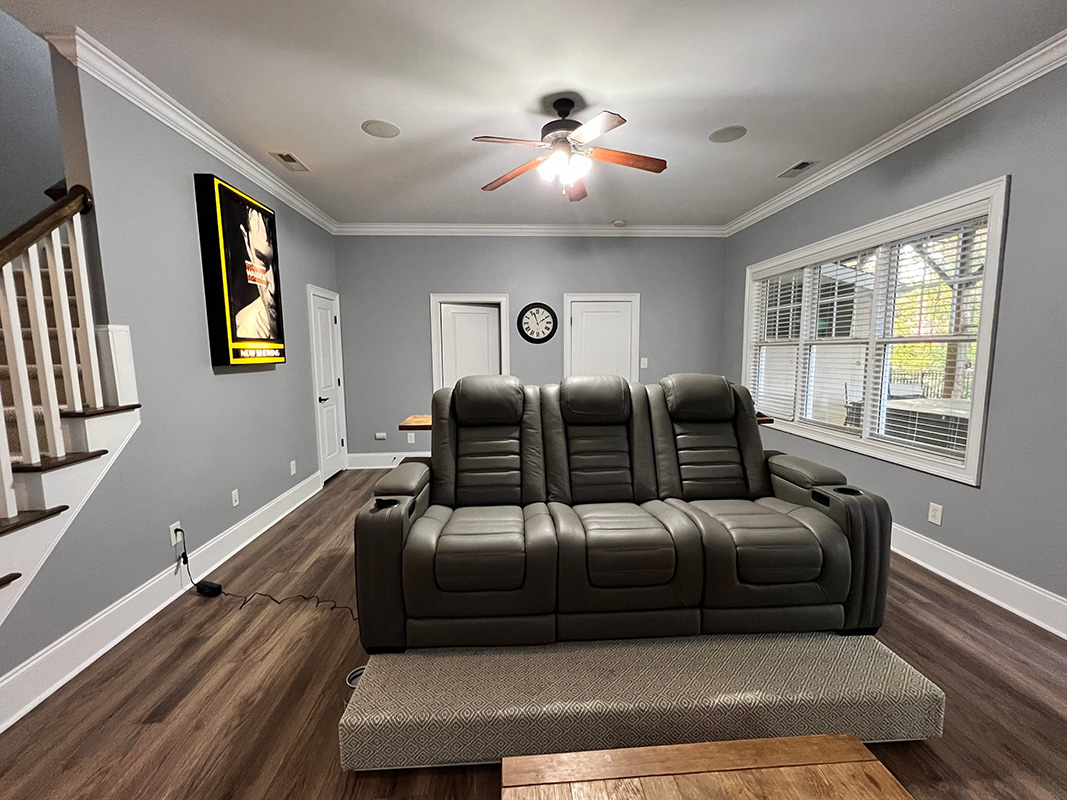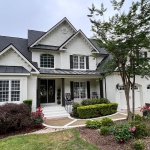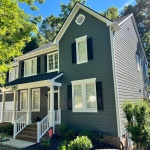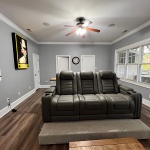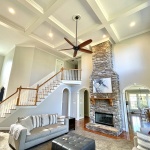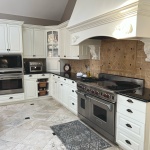Key Takeaways:
- The painter’s color wheel is a handy tool used by local & professional painters to create a seamless color theme for interior & exterior painting projects.
- You can select from a range of hues, values, tints, tones & shades to get the paint theme you want in your residential painting project.
- Monochromatic color schemes are the simplest, with complexity increasing to tetradic schemes.
- Triangle Pro Painting, serving the Raleigh-Cary area, NC, has a team of exceptional interior residential painters for your dream paint projects.
The days of using one color throughout the house with a different hue for the trim are long gone. Today’s professional painters and homeowners appreciate the rainbow of hues available to make the home’s interior lovely while providing a unique atmosphere tailored to your personal preferences and lifestyle. On the other hand, many individuals are bewildered and overwhelmed by too many options for picking the appropriate combination for their homes. That instills much confusion over which color to request house painters to apply.
For years, our local painters have assisted hundreds of clients in making the right decisions for upgrading their homes. Still, understanding paint color and how it works can really help you make better selections when working with interior painters in Raleigh, NC. That’s why we put this blog post together to assist our clients in learning more about their options and how colors interact to create beautiful interiors.
What’s a Painter’s Color Wheel?
It is a circular chart where colors are arranged by their relationship to each other. The base, or innermost colors, are the primary red, blue & yellow. These colors branch out to give secondary green, orange, purple, and so on. So, if you need a splash of color in your house and aren’t sure what colors will go along, you can consult the wheel.
Professional painters offering our Triangle painting solutions use Benjamin Moore paints for interior projects. They have a nifty color tool to help you pick your desired combinations. Now that you understand the painter’s color wheel – let’s break it down to further color components to help you go ambitious with our interior painters in Raleigh, NC!
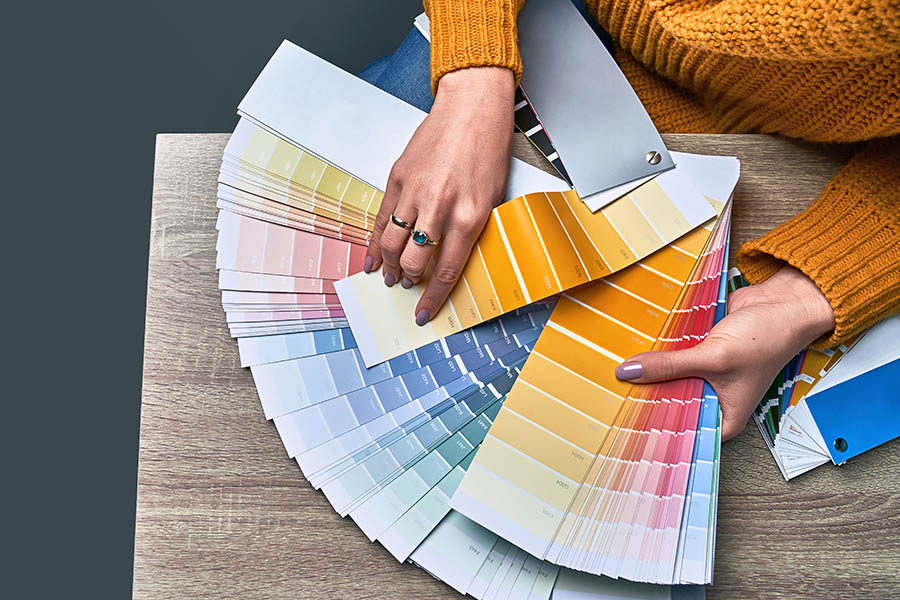
Components
The following are the terms that you as a client need to know when discussing your color preferences, theme, and combinations. Sorry to make it so complicated, but it’s straightforward once you understand the differences in the following terms. The better you can describe your color preference to professional painters, the better they can nail what you have envisioned!
Hue
It is the purest form of a color from which darker or lighter colors can be derived. The word literally means color.
Value
Every hue comes in brighter or darker shades. This is usually given on color strips provided by paint manufacturing companies, so you know which hue value will go into the theme you select.
Tint
A tint is developed when white is added to a hue to lighten or dilute the color. It’s like lowering the contrast of the paint to present neutral, soft tones that go well on neutral walls.
Tone
Tint, tone, and shade tend to be used interchangeably, but that is not the case. We explained tints, but a tone is developed from a combination of a hue and the color grey. That feels like low color saturation and lower brightness while still delivering soft neutral colors. Tone defines a hue’s intensity.
Shade
Lastly, a color’s shade is developed by adding black to a hue in varying amounts to obtain a range of low brightness colors.
Color Wheel Themes
As expert professional painters offering Triangle painting solutions would tell you, the themes for an interior painting project are derived from different combinations on a painter’s color wheel. It’s relatively simple to navigate your way around the chart, considering there are 12 hues to choose from in a turnkey selection.
Monochromatic
This theme employs the tints, shades, & tones from just one hue to provide a painting color schematic. For example, you would have light blue as the base hue on the walls, with dark blue trim. You can use any tint, tone, or shade you want based on the base hue, blue.
Complementary
The theme is handy if you like two different hues to match and don’t want a second opinion apart from your trusted interior painter in Raleigh, NC. Complementary colors are opposites on a color wheel; one takes the dominating color while the other complementary hue is brought in as a neutral or introduced for a subtle effect. For example, red and green are quite the complementary pair. In a scheme, light green walls coupled with soft red trims can offer a striking & modernistic impression.
Adjacent
So, in this color scheme, you pick a hue from the 12, and the one next to it you will select to be the accent hue in your interior painting project. As house painters in Raleigh, NC, understand, yellow-green would go with green or red on either side of the color wheel. Similarly, red-violet would go with red and violet on either side. But our professional painters would remind you to keep one hue as the dominating color while the adjacent becomes the accent.
Triadic
Now here it gets even more confusing but not if you have Triangle painting solutions on your side. This theme focuses on three equally distant colors on the color wheel. The selection would form a triangle of hues on the wheel. Then, under our local painters’ guidance, you can identify a feature and complement colors without any two hues dominating. For example, blue-green, red-violet, and yellow-orange can be considered a triadic scheme for living spaces because of their amazingly earthy & refreshing tones.
Tetradic
The theme is also known as a double complementary and the richest of the color schemes on the wheel. It uses two pairs of complementary hues to create a harmonic theme that is not something an amateur house painter can nail in the first attempt. If all the hues are used equally in the painting, the theme might be unbalanced. Your trusted interior painters in Raleigh, NC, will help you pick a dominant color. The rest will be used for the accents and even go into the room’s furnishings.
Cool & Warm Colors
These colors are split on the color wheel into warm reds, orange & yellows, and cool violets, greens & blues. You can combine them across complementary, adjacent, triadic, and tetradic themes, though we recommend that you consult with our professional painters.
The Hue Assigning Ratio
The last important bit in using a color wheel for deciding interior painting colors is the spread of the color theme. When determining how to best utilize the colors in a room, there is something known as the 60-30-10 rule. That means you assign 60% of the walls to the dominating hue. The accents are distributed in the remaining 30 and 10%. You can also distribute the remaining 10% to the accented furnishings in the room, like artwork, lamps & rugs.
Hire the Most Trusted Interior Painters in Raleigh, NC!
Remember: don’t rush into a painting project, never skip surface prep, examine all your color choices for a seamless match, and factor paint finishes into the final paintwork. Your local painter will undoubtedly cover these bases for you, but you, as the client, have the final say.
Triangle Pro Painting, serving the Raleigh-Cary area, NC, offers exceptional interior painters in Raleigh, NC, for all your residential painting projects. Please get in touch with us for more details on our services.



